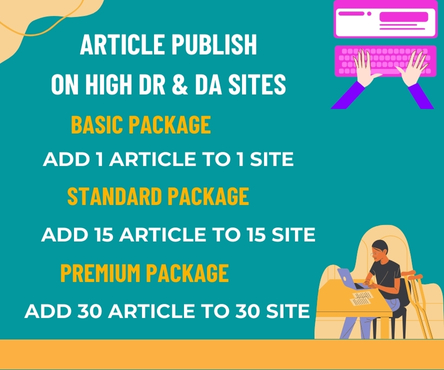Owning a home is a dream for many, but it often comes with significant financial responsibilities. Between mortgage payments, utility bills, maintenance expenses, and property taxes, the costs can quickly add up. However, with smart planning and proactive measures, you can effectively reduce your homeownership costs without compromising on comfort or quality. Here are some practical strategies to help you save money as a homeowner. Visit now A guide to reducing homeownership costs
1. Refinance Your Mortgage
One of the most effective ways to lower homeownership costs is by refinancing your mortgage. If interest rates have dropped since you initially secured your loan, refinancing could reduce your monthly payments and save thousands of dollars over the life of the loan. Additionally, you can consider switching to a shorter loan term to pay off your home faster, potentially saving on interest payments in the long run.
2. Embrace Energy Efficiency
Energy-efficient upgrades can lead to substantial savings on utility bills. Start by conducting an energy audit to identify areas where your home may be losing energy. Simple fixes, like sealing windows and doors or adding insulation, can make a big difference. You might also consider investing in energy-efficient appliances, LED lighting, or even solar panels, which often come with government incentives and tax credits.
3. Regular Maintenance
Preventive maintenance can help you avoid costly repairs down the line. Regularly inspecting your roof, HVAC system, plumbing, and electrical systems can catch minor issues before they become major problems. Cleaning gutters, changing air filters, and servicing your heating and cooling systems are small tasks that can prolong the life of your home’s infrastructure and save you money.
4. Shop Around for Insurance
Homeowners insurance is essential, but you don’t have to overpay for it. Compare quotes from different providers to ensure you’re getting the best deal. You may also qualify for discounts by bundling your home and auto insurance or installing security features like smoke detectors, deadbolts, and alarm systems.
5. Reduce Property Taxes
Review your property tax assessment to ensure it’s accurate. Mistakes in your property’s assessed value can result in higher taxes. If you believe your home is overvalued, consider appealing the assessment.
6. DIY When Possible
Tackling small projects yourself can save you a significant amount of money. Tasks like painting, landscaping, and minor repairs are often manageable with a bit of research and effort. However, be mindful of your limitations and call a professional for complex or potentially hazardous jobs.
7. Be Smart with Renovations
While home improvements can increase property value, not all renovations offer a good return on investment. Focus on upgrades that are cost-effective and enhance your home’s appeal, such as updating the kitchen or bathroom. Always set a budget and stick to it to avoid overspending.
8. Rent Out Extra Space
If you have a spare room, basement, or detached unit, consider renting it out to generate extra income. Platforms like Airbnb or long-term rental agreements can help offset your mortgage and other expenses.
9. Monitor Your Utility Usage
Simple habits like turning off lights when leaving a room, using programmable thermostats, and fixing leaky faucets can reduce your utility bills. Opt for water-saving fixtures and appliances to further cut down on costs.
10. Stay Informed
Finally, staying informed about homeownership programs and incentives in your area can lead to additional savings. Many local governments and organizations offer grants, low-interest loans, or rebates for energy efficiency, repairs, or first-time homebuyers.
By implementing these strategies, you can take control of your homeownership costs and enjoy the benefits of owning a home without unnecessary financial strain. Small, consistent efforts can add up to significant savings over time, allowing you to focus on making your house a true home.

